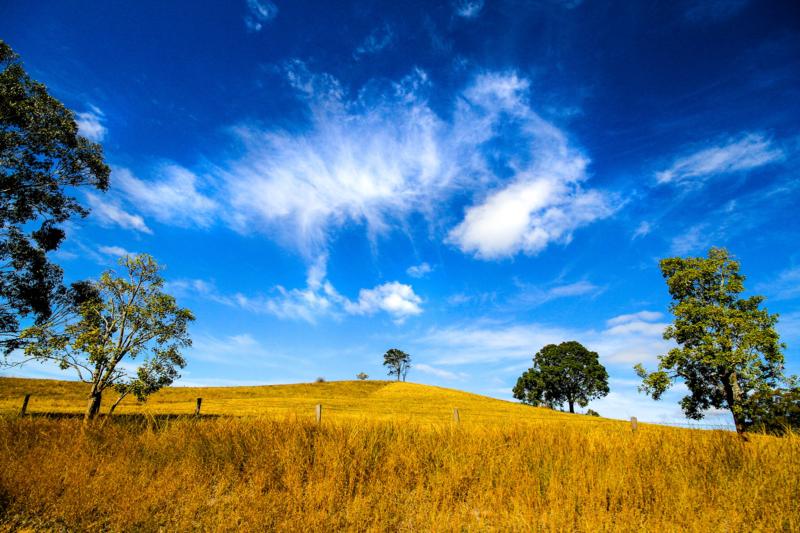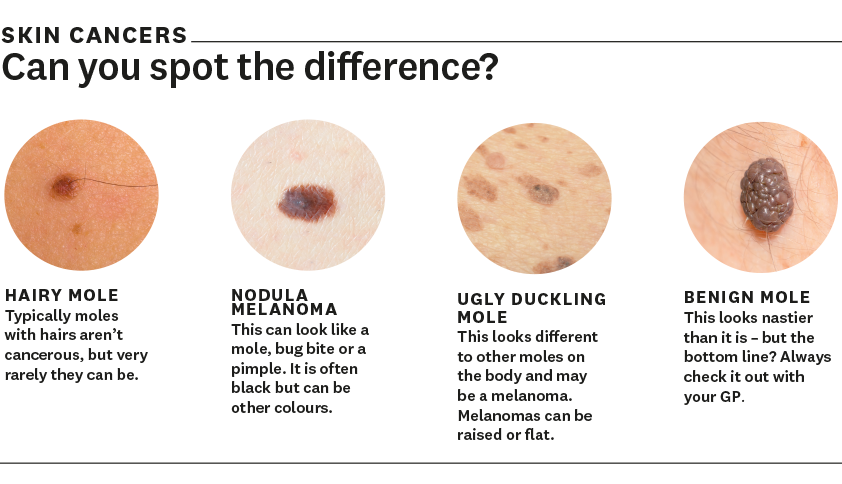American scientists made world headlines in September 2018 with the announcement of a new melanoma cancer treatment that showed 100% success against aggressive melanoma in mice.
Researchers tested three different combinations of treatment on the mice. After 54 days, all of the mice that received a cancer immunotherapy drug in combination with an immune stimulating chemical called Diprovocim were still alive, while almost all the mice given the drug without Diprovocim had died. Researchers say the chemical uses the body’s immune system to fight and destroy the tumour. Even better, the effects continue, preventing the cancer from returning.
While the breakthrough is big news, it’s not fast enough for the 14,000 Australians expected to be diagnosed with melanoma this year. And farmers, one of Australia’s biggest risk groups, need to act now rather than hope and wait for a cure, says Cancer Council NSW skin cancer prevention manager Liz King.
“The causation for most cancers, like breast or bowel cancer, can be due to some things we can control, such as smoking, drinking too much alcohol or being overweight – and there are other factors we can’t control, such as age or family history,” says Liz. “However, skin cancer is unique as it has a very clear causation. We know 95% of all melanomas in Australia, and 99% of all non-melanoma skin cancers, are directly related to UV exposure. “We also know outdoor workers, such as farmers, have five times the risk of melanoma and that men over 40 in NSW are 2.5 times more likely to die from melanoma than women of the same age.”
Farmers at higher risk of dying from melanomas
According to the National Rural Health Alliance, farmers have a 60% higher death rate from melanoma than the general population and skin cancer deaths in farmers over 65 are more than double the rate of other Australians. And while melanoma in young people has reduced since 1982 due to the Slip, Slop, Slap campaign, the incidence in Australia overall doubled from 1986 to 2006 and is still on the rise. Australia and New Zealand still have the highest incidence of melanoma in the world.
“We need to personalise the message,” says NSW Farmers’ special counsel Matthew Waring. “The farmer feedback that came back after the quad bike safety campaign was that farmers don’t care about dying as much as they do about being paralysed or being a burden on their family.
“It’s the same for skin cancer. Most blokes will wear an Akubra, but a lot still don’t wear long-sleeved shirts. So the message is if you really want to save your family from the burden of skin cancer, it means ensuring sun protection is taken as seriously as other farm safety risks such as chemicals, animals and machinery.”
“Did you know 90% of melanomas detected and treated early are cured, according to Central Coast surgeon Dr Mary Ling.”

Sun safety tips
Liz King has the following advice to help farmers protect themselves from melanoma:
- Make a habit of applying sunscreen before leaving the house
- Use one teaspoon of sunscreen per limb – don’t forget behind your ears, tops of your head (including part line), eyelids, tops of the feet and behind the knees
- Download the free SunSmart safety app to know when you need sun protection in your local area and to send you reminders to reapply sunscreen every two hours (go to sunsmart.com.au)
- When the UV index is over 3, all five forms of sun protection are required: shade, sunscreen, protective clothing (arms and legs), broad-brim hat and sunglasses
- Make sure your sunscreen is as accessible as your toothpaste at home (bathroom bench)
- In the car, tractor, sheds and truck keep a sun care bag at the ready with glasses, hat, sunscreen and water – for yourself and employees
- In NSW we need sun protection for at least 10 months of the year. North of Sydney, it is needed for 11 months of the year
- Take breaks in shade where possible and remember working on grass where possible is better than reflective surfaces such as concrete, sand or water
- If wearing a collared shirt, turn the collar up to protect your neck
Sun safety tips
1) Be vigilant
Watch for moles and warning signs which include:
Asymmetrical moles
Border irregularity
Colour variation
Diameter, larger than 5mm
Elevated
Firm
Growing
2) $500 sun rebate
Cancer Institute NSW is encouraging farmers to take part in a sun safety webinar, Managing Outdoor Workers, developed by Cancer Council NSW and SafeWork NSW. “Farmers who take part may be eligible for SafeWork NSW’s small business rebate of up to $500, which can be used towards purchasing sun safety items for the farm,” says Kate Reakes from the Cancer Institute. Go to safework.nsw.gov.au and search ‘outdoor workers’.
3) Spot UV stickers
The stickers change colour as soon as your sunscreen filter is no longer working, reminding you to reapply. A pack of 16 stickers costs $16, plus postage. Go to spotmyuv.com.au.
 Some of these are harmless, some may be melanomas. All should be checked by your doctor. Source: Dr Mary Ling.
Some of these are harmless, some may be melanomas. All should be checked by your doctor. Source: Dr Mary Ling.